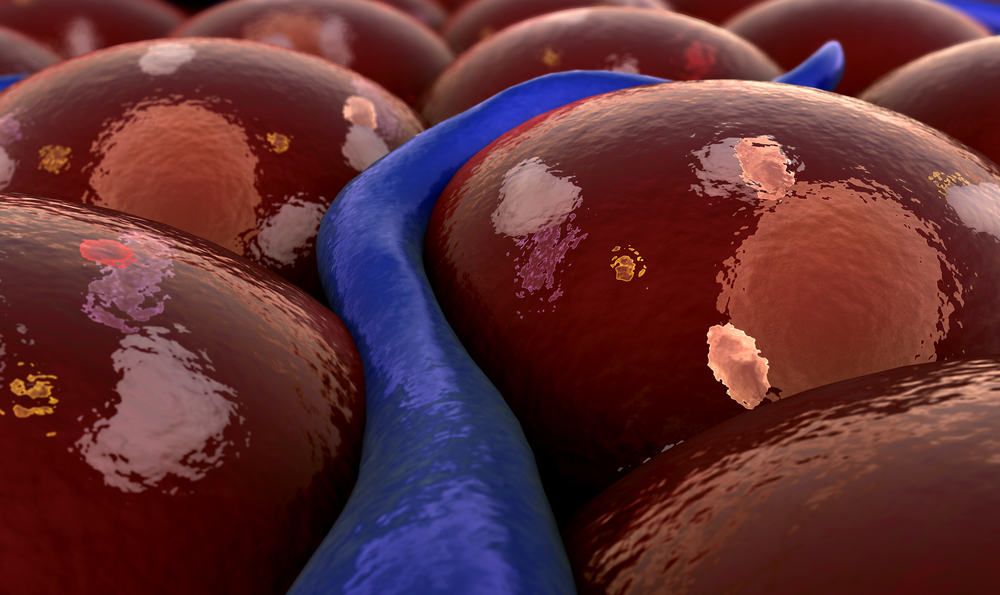
What is being tested?
Oestrogen receptors and progesterone receptors are specialised proteins found within certain cells throughout the body. These receptors bind to oestrogen and progesterone, female hormones that circulate in the blood, and promote new cell growth and division.
Many breast cancer tumours have receptors for oestrogen and/or progesterone, often in large numbers. These tumours are said to be hormone-dependent, and oestrogen and/or progesterone feed their growth. Breast cancer tissue can be tested to see if it is positive for these receptors.
How is it used?
Hormone receptor status helps determine prognosis. Breast cancers that are estrogen receptor (ER)- and progesterone receptor (PR)-positive tumours tend to have a better prognosis than those with ER- or PR-negative tumours.
Hormone receptor status testing also helps determine what treatment may be used in addition to surgery to help improve the prognosis when a primary tumour has been removed or when a tumour recurs. Possible treatment options may include radiotherapy, chemotherapy, endocrine therapy (anti-hormone treatments, such as tamoxifen), or Her-2 targeted therapy.
When is it requested?
Hormone receptor status testing is usually performed as part of further testing following diagnosis of invasive breast cancer. It helps the doctor determine treatment options and understand more about the tumour's characteristics.
What does the result mean?
In general, ER- and/or PR-positive breast cancer has a better prognosis than ER- or PR-negative breast cancer. ER- and PR-positive breast cancer is likely to respond to endocrine therapy (anti-hormone treatments). The more receptors present and the more intense their reaction, the more likely the response. However, an individual's response depends on a variety of factors.
If a patient's cancer is ER-negative but PR-positive, the patient may still benefit from endocrine therapy but may have a diminished response.
If the cancer is both ER- and PR-negative, then the patient will probably not benefit from endocrine therapy.
Is there anything else I should know?
Her-2/neu testing may be done at the same time as hormone receptor status testing. A patient with a positive oestrogen and/or progesterone receptor status may find their response to endocrine therapy diminished if they are also Her-2/neu-positive.
However, specific treatment is now available for Her-2/neu-positive breast cancers e.g. Trastuzumab (Herceptin®).
Hormone receptor status testing is not available in every laboratory. Samples may be sent to specialist centres for testing and interpretation.
Common questions
No. The cancer cells do not ‘shed’ their hormone receptors, so they are not detectable in the blood. They must be evaluated in the cancer tissue itself.
What is Pathology Tests Explained?
Pathology Tests Explained (PTEx) is a not-for profit group managed by a consortium of Australasian medical and scientific organisations.
With up-to-date, evidence-based information about pathology tests it is a leading trusted source for consumers.
Information is prepared and reviewed by practising pathologists and scientists and is entirely free of any commercial influence.